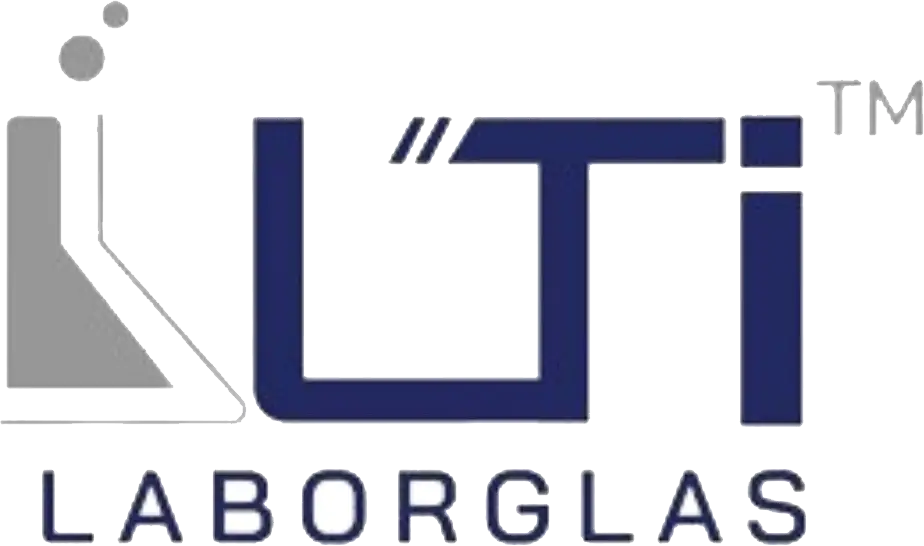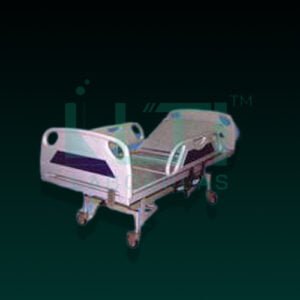Here are some common uses of suction units in different medical settings:
- Airway Clearance:
- Oral Suctioning: Used to clear the mouth and oral cavity of fluids, blood, or debris. Commonly employed during dental procedures or to manage excessive saliva in patients with impaired swallowing.
- Nasal Suctioning: Removes mucus or fluids from the nasal passages, particularly in infants or patients with respiratory conditions.
- Respiratory Care:
- Endotracheal Suctioning: Clears secretions and mucus from the endotracheal tube or tracheostomy tube in patients on mechanical ventilation.
- Bronchial Suctioning: Applied to remove secretions from the bronchial airways, often used in patients with respiratory diseases such as cystic fibrosis.
- Surgical Procedures:
- Operative Field Suctioning: Used during surgery to remove blood and other fluids from the surgical site, ensuring a clear view for the surgeon.
- Liposuction: In cosmetic surgery, suction units are utilized to remove excess fat from beneath the skin.
- Emergency Care:
- Trauma Suctioning: Removes blood or other fluids from the airways of trauma patients to maintain a clear airway.
- Emergency Airway Management: Used in emergency situations to quickly clear the airway of a patient who is choking or experiencing respiratory distress.
- Intensive Care Units (ICU):
- Postoperative Care: Assists in maintaining a clear airway and managing secretions in patients recovering from surgery in the ICU.
- Respiratory Distress: Applied in cases of respiratory failure or distress to clear airways and improve ventilation.
- Gastrointestinal Procedures:
- Gastric Suctioning: Used to remove stomach contents in cases of gastrointestinal bleeding, gastric dilation, or to prevent aspiration in patients with impaired swallowing.
- Obstetrics and Gynecology:
- Amniotic Fluid Suctioning: Used during childbirth to clear amniotic fluid from the infant’s airways.
- Suction Curettage: Removes uterine contents during procedures such as dilation and curettage (D&C).
- Home Care:
- Wound Care: Suction units may be used in home care settings for wound drainage, especially for chronic wounds or after surgery.
- Respiratory Support: Some portable suction units are prescribed for patients with conditions that require regular airway clearance at home.





